How Does Thermal Imaging Work ?
Thermal imaging works by detecting and capturing the infrared radiation emitted by objects. It uses a special camera called a thermal imager or infrared camera, which is equipped with a sensor that can detect infrared radiation. The sensor converts the infrared radiation into electrical signals, which are then processed to create a visual representation of the temperature distribution of the objects being observed. The resulting image, called a thermogram, displays different colors or shades to represent different temperatures. Warmer areas appear as brighter colors, while cooler areas appear as darker colors. This technology is based on the fact that all objects emit infrared radiation as a result of their temperature. By measuring and visualizing this radiation, thermal imaging allows us to see and analyze temperature variations, making it useful in various fields such as surveillance, medical imaging, and building inspections.
1、 Infrared Radiation Detection
Thermal imaging, also known as infrared imaging or thermography, is a technology that allows us to visualize and detect infrared radiation emitted by objects and living beings. It works by capturing the heat signatures of objects and converting them into visible images.
Infrared radiation is a form of electromagnetic radiation that is not visible to the human eye but can be detected by specialized sensors. All objects with a temperature above absolute zero (-273.15 degrees Celsius or -459.67 degrees Fahrenheit) emit infrared radiation. The amount of radiation emitted by an object is directly related to its temperature.
Thermal imaging cameras use a special lens to focus the infrared radiation onto an infrared detector, which converts the radiation into an electrical signal. This signal is then processed and translated into a visual representation, usually a color-coded image where different colors represent different temperatures.
The latest advancements in thermal imaging technology have led to the development of more sensitive and accurate sensors, as well as improved image processing algorithms. This has resulted in higher resolution images and better temperature measurement accuracy.
Thermal imaging has a wide range of applications across various industries. In the field of medicine, it is used for non-invasive diagnosis and monitoring of diseases, as well as for detecting abnormalities in blood flow. In the construction industry, it is used for detecting heat loss in buildings and identifying insulation problems. It is also widely used in law enforcement and military operations for surveillance and target detection.
In conclusion, thermal imaging works by detecting and converting infrared radiation into visible images. It has become an invaluable tool in many fields, providing valuable insights and enhancing our ability to see and understand the thermal properties of objects and living beings.
2、 Heat Signature Analysis
Thermal imaging, also known as heat signature analysis, is a technology that allows us to visualize and analyze the distribution of heat in an object or environment. It works by detecting and measuring the infrared radiation emitted by objects, which is directly related to their temperature.
Thermal imaging cameras use a special lens that focuses the infrared radiation onto an array of sensors called microbolometers. These sensors are made of materials that change their electrical resistance based on the temperature of the object they are exposed to. The camera then converts the electrical signals from the sensors into a visual representation, where different colors or shades represent different temperatures.
The latest advancements in thermal imaging technology have led to the development of more sensitive and accurate cameras. These cameras can detect even the slightest temperature differences, allowing for more precise analysis. Additionally, modern thermal imaging cameras can capture and record real-time video, enabling continuous monitoring and analysis of heat patterns.
Thermal imaging has a wide range of applications across various industries. In the field of building inspections, it can be used to identify areas of heat loss or insulation problems. In electrical inspections, it helps detect overheating components or faulty connections. In law enforcement and military operations, thermal imaging is used for surveillance, search and rescue missions, and target detection.
Furthermore, thermal imaging has proven to be valuable in medical diagnostics, where it can assist in identifying abnormal heat patterns in the body, such as inflammation or tumors. It is also being explored for its potential in detecting early signs of diseases like breast cancer.
In conclusion, thermal imaging works by detecting and converting infrared radiation into a visual representation of heat patterns. Its latest advancements have made it a powerful tool in various fields, enabling precise analysis and detection of temperature variations.
3、 Image Conversion and Visualization
Thermal imaging works by detecting and converting the infrared radiation emitted by objects into a visible image. This technology is based on the principle that all objects emit infrared radiation, which is directly related to their temperature.
Thermal imaging cameras use a special lens to focus the infrared radiation onto an infrared detector called a microbolometer. The microbolometer consists of an array of tiny pixels that are sensitive to infrared radiation. Each pixel measures the amount of radiation it receives and converts it into an electrical signal.
The electrical signals from the pixels are then processed by a signal processing unit, which assigns a temperature value to each pixel based on the strength of the electrical signal. These temperature values are then used to create a thermal image, where different colors or shades represent different temperatures.
To visualize the thermal image, the electrical signals are converted into a visible image using a process called image conversion. This involves mapping the temperature values to a color palette, where each temperature range is assigned a specific color. The resulting image is then displayed on a screen, allowing the user to see the temperature distribution of the objects in the scene.
In recent years, there have been advancements in thermal imaging technology, such as the development of higher resolution detectors and improved image processing algorithms. These advancements have led to more accurate and detailed thermal images, allowing for better analysis and interpretation of the data. Additionally, there has been a growing interest in combining thermal imaging with other technologies, such as artificial intelligence and augmented reality, to enhance its capabilities and applications.
4、 Temperature Measurement and Calibration
Thermal imaging works by detecting and measuring the infrared radiation emitted by objects and converting it into a visible image. This technology is based on the principle that all objects with a temperature above absolute zero (-273.15 degrees Celsius) emit infrared radiation.
Thermal imaging cameras use a special lens to focus the infrared radiation onto an infrared detector, which is typically made of a material called a microbolometer. The microbolometer consists of an array of tiny pixels that can detect and measure the intensity of the infrared radiation. Each pixel corresponds to a specific temperature value, and the camera combines the measurements from all the pixels to create a thermal image.
The infrared radiation detected by the camera is then processed and converted into a visible image using a process called thermography. The different temperatures of the objects in the scene are represented by different colors or shades of gray, with hotter objects appearing as brighter or lighter colors and cooler objects appearing as darker colors.
Temperature measurement and calibration are crucial aspects of thermal imaging. To accurately measure the temperature of an object, the camera needs to be calibrated using a known reference temperature source. This calibration process ensures that the camera accurately maps the infrared radiation it detects to the corresponding temperature values.
In recent years, there have been advancements in thermal imaging technology, such as the development of higher resolution detectors and improved image processing algorithms. These advancements have led to increased accuracy and sensitivity in temperature measurement, allowing for more precise and detailed thermal imaging applications.
Overall, thermal imaging is a valuable tool in various fields, including industrial inspections, medical diagnostics, and security surveillance, as it provides a non-contact and non-destructive method for detecting and visualizing temperature differences in objects and environments.





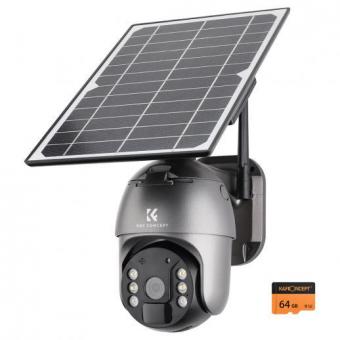

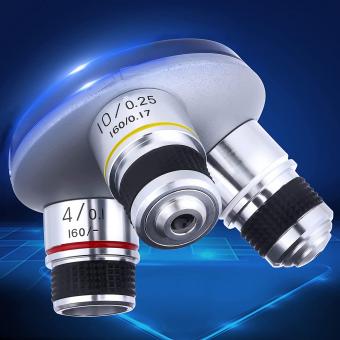






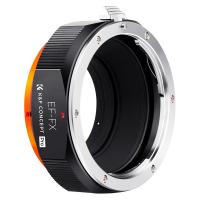
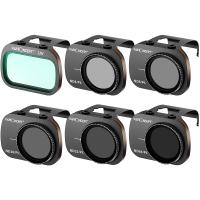
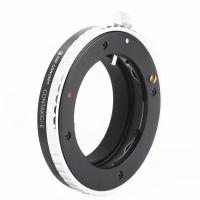
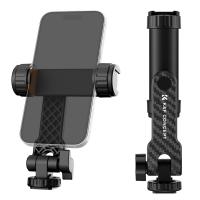

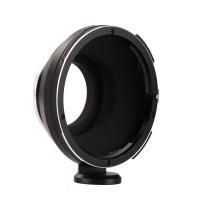

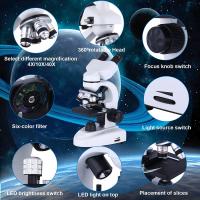
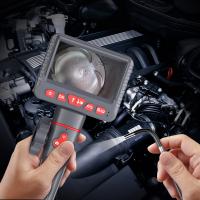
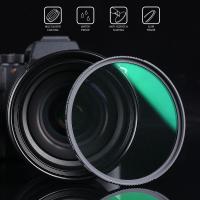
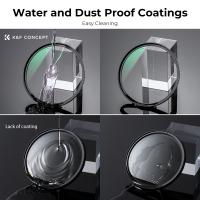


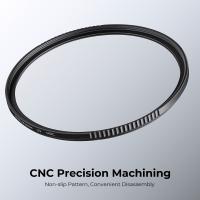
There are no comments for this blog.